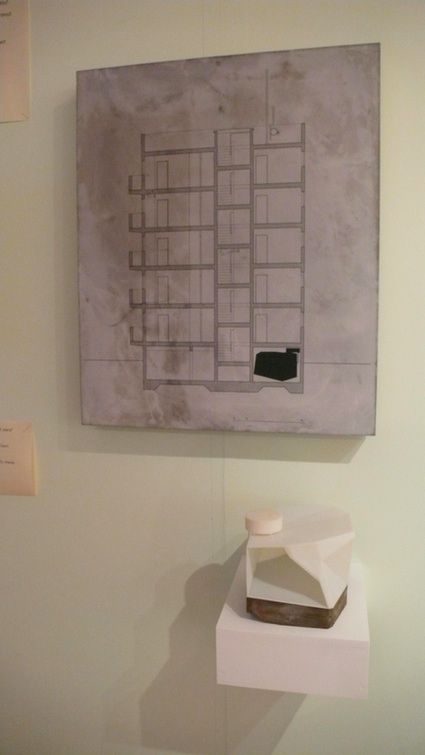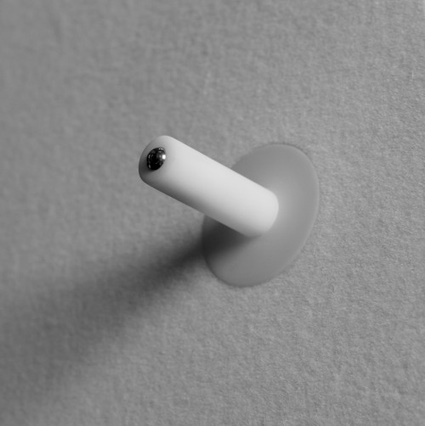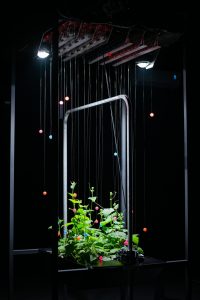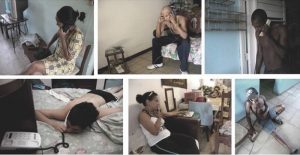In sensory deprivation experiments of the 1950s, college students lay on a cot in an empty cubicle nearly 24 hours a day, leaving only to eat and use the bathroom. They wore translucent goggles that let in light but prevented them from seeing any shapes or patterns, and they were fitted with cotton gloves and cardboard cuffs to restrict the sense of touch. The hum of an air conditioner and pillows wrapped around their heads blocked out auditory stimulation.
The subjects eventually became bored, restless, disoriented, had difficulty concentrating, and their performance on problem-solving tests progressively deteriorated the longer they were isolated in the cubicle. After they left the isolation chamber, the perceptions of many were temporarily distorted, and their brain-wave patterns, which had slowed down during the experiment, took several hours to return to normal. Solitary confinement is not only regarded as a severe form of punishment in prisons but is also a popular form of torture because the way it leaves no visible trace.
On the other hand, it has been observed that too much arousal can produce stress and impair a person’s mental and physical abilities. Hence, the use and even commercialization of floatation tank for relaxation and therapy.
 Exhibition view: a panel showing the ExtraRoom inside the building architecture (small black room at the bottom of the map) and model of the room
Exhibition view: a panel showing the ExtraRoom inside the building architecture (small black room at the bottom of the map) and model of the room
One of my favourite projects at the Design Interactions Summer show was ExtraRoom by Gunnar Green (in collaboration with Bernhard Hopfengaertner). Directly influenced by the 50s and ’60s experiments, ExtraRoom puts the sensory deprivation practice in a near futuristic scenario, when mind reading technologies are in common use and thoughts are not private anymore.
What would happen if your thoughts became directly accessible to others? What would happen to your innermost desires and believes? Would you still be you?
Military, carceral and therapeutic rooms would be adapted for the civilian realm. These extra rooms would be added to buildings as effective means for its inhabitants to (re-)gain self control, defend their inner thoughts and find a space for mental adjustment to the outside world.

The image above shows the ‘food dispenser”. The subject would suck nutrients from it: normal meals would indeed be too rich in stimuli (shape, textures, ordering on the plate, smell, etc.). Besides, their elimination would erase any sense of time. The rest of the room would be totally bland and white, with only a toilet. It is soundproof and features no window. The architecture of the room with its surfaces that are never horizontal nor vertical induces mental unrest.
It has been observed that deprivation rooms increase the receptivity to propaganda. After 36 hours spent in the room, the mind of its inhabitant would be ready to receive desirable messages through speakers. The input would be repeated several times until the appropriate psychological alteration has been reached. The door will then open. The person can now go back to their normal life.
More details in the video:
The Royal College of Art Show is open every day from 11amd to 8pm until July 5, 2009.







